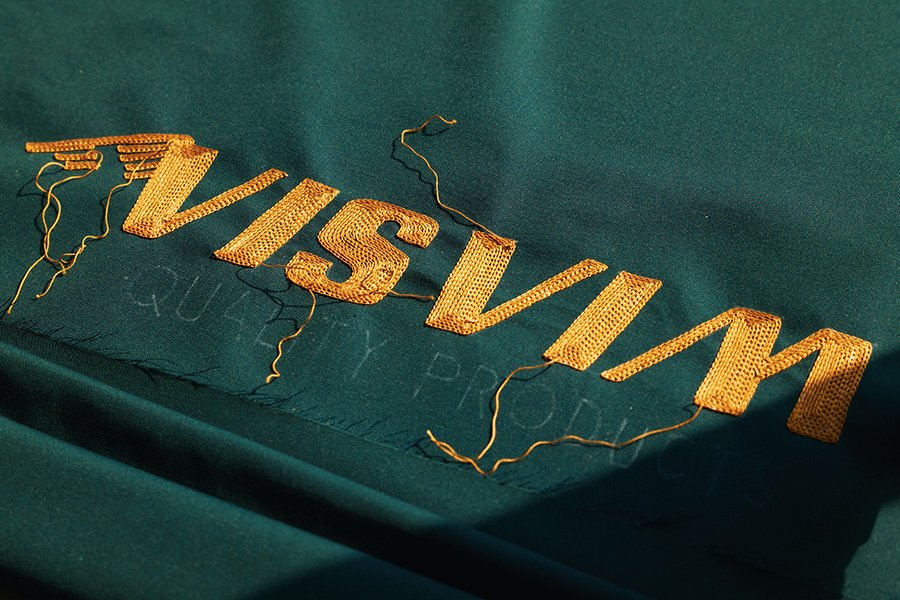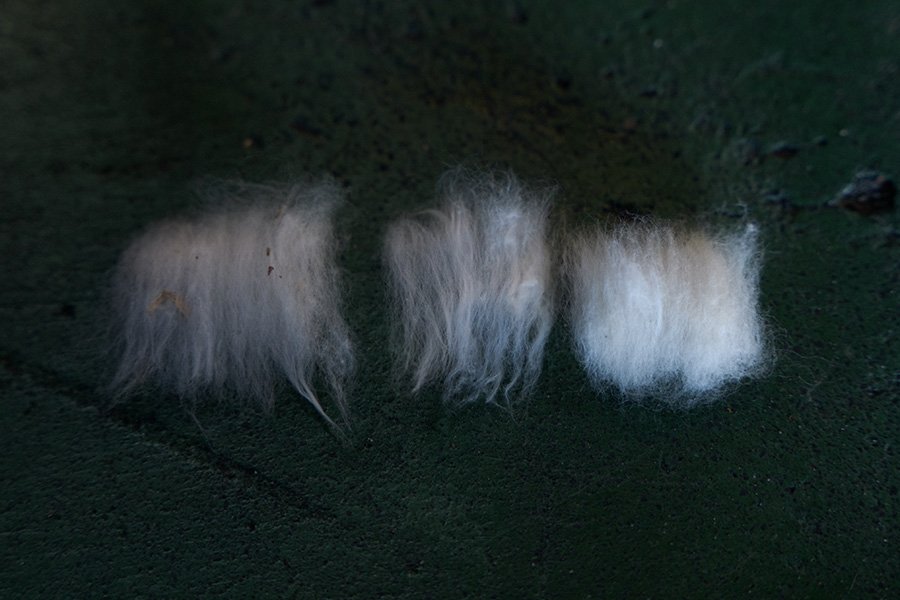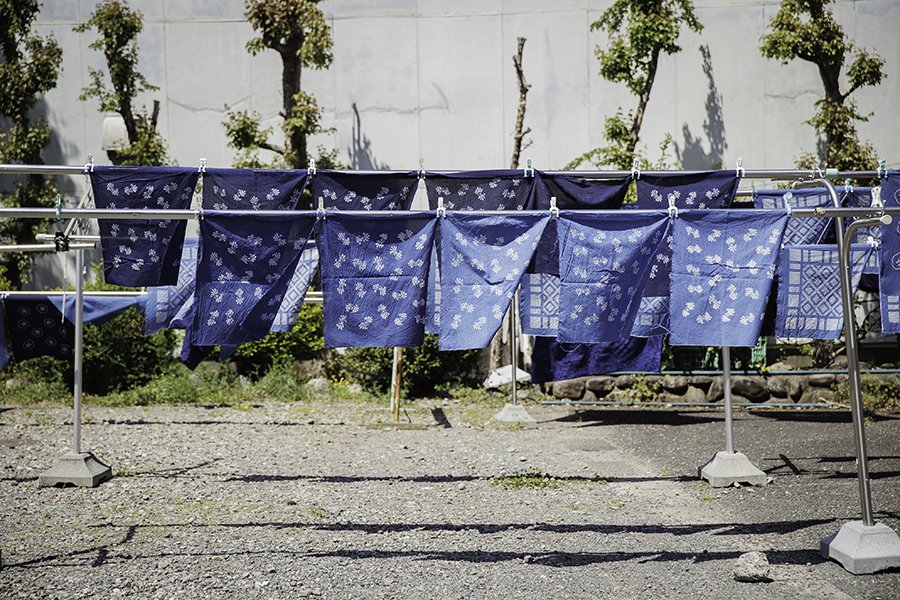Dissertation
Katazurizome
The technique of dyeing fabrics using a paper stencil is generally referred to as katazome or "stencil dyeing" or, but the methods in which the stencils are used to dye the fabrics can completely change the end result.
| Category: | Processing |
|---|
| Date: | 2017.04.11 |
|---|
| Tags: | #katazurizome #visvim |
|---|
The technique of dyeing fabrics using a paper stencil is generally referred to as katazome or "stencil dyeing" or, but the methods in which the stencils are used to dye the fabrics can completely change the end result.
Dyeing techniques can be broadly divided into "resist dyeing" and "textile printing". With the resist dyeing technique, a stencil is placed on a white cloth, after which a layer of resist paste is applied to the top of it. After the paste is dried, the entire fabric is dyed and steam washed, leaving only the parts that the dye paste was applied on to be outlined in white. Textile printing is the opposite of resist dyeing, where a stencil is placed on top of a fabric and a colored paste is applied using a tracing spatula. The fabric is then steamed to bond the paste, which create colored patterns.




Fixing a stencil on top of a fabric and rubbing the dye into it using a brush instead of a tracing spatula is a type of textile printing referred to as katazurizome, which compared to ordinary textile printing requires an extremely high level of technique only found in experienced craftsmen. Katazurizome is a dyeing technique used for the pattern printing of Edo karakami, a method of dyeing cotton, as well as woodblock printing, as well as a stencil dyeing method called kata-yuzen. With this method, paper patterns based on the patterns and colors of the design and various sized round brushes are prepared and the dye is directly rubbed onto the fabrics to add colors.



The stencils used are called Ise-katagami, or "Ise dyed pattern paper". The kataji-kami (paper used to make the stencils, also referred to as shibugami or tanned paper) is created by pasting together handmade Japanese paper and using persimmon tannin to be dried up under the sunlight. This technique, which requires a lot of time and the knowledge of experienced stencil making craftsmen is how Ise-katagami is created. Both the dyeing and the creating of the stencil paper require a high level of technique that is learned over time.
The round brushes used to rub the dye into the fabrics are made using deer hair, and various sized brushes are used depending on the size or preciseness of the patterns. Lengthier hairs are used for detailed patterns, while shorter hairs that help the dye run easier are used for broader patterns. The tips of the round brushes get shorter the more they are used, creating subtle differences depending on the length of the brush. Craftsmen can sense these subtle differences and use various length brushes when creating the patterns. They adjust the speed of the brush movements and amount of pressure applied onto the fabrics when creating each of the patterns.
Using various sized brushes to create different shades to create designs, the look and feel of the patterns can vary greatly depending on the skill of the craftsmen. In addition this is a traditional technique that has been passed down from generations.














